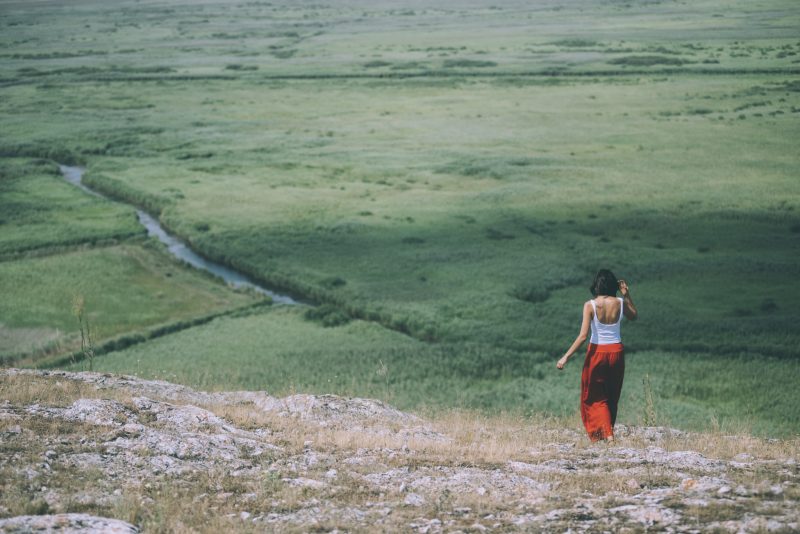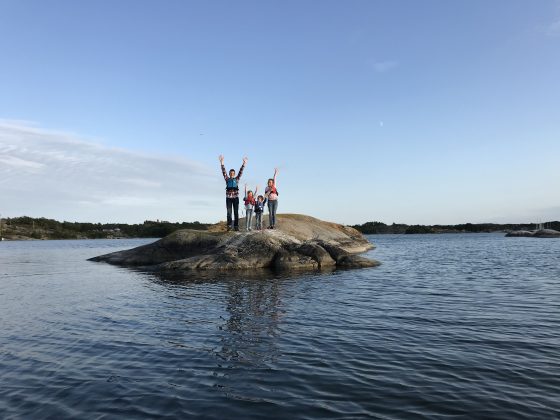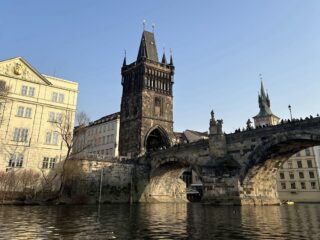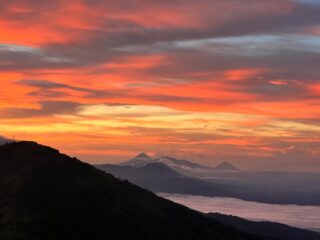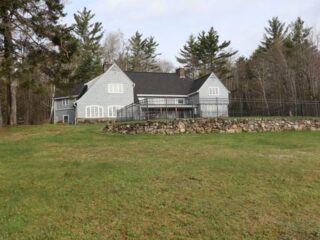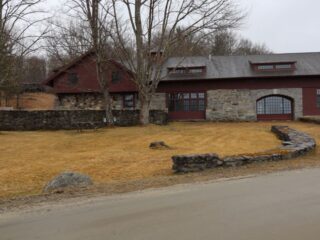By Iulia Hau
Dobrogea, the Romanian region placed in the vicinity of the Black Sea, is often overlooked by locals and rarely visited by foreign travelers. The Romanian seashore on its Eastern edge reduces this historical land to a simple summer passage for Romanians interested in the few seaside resorts, famous for their night and beach life. However, those who do have sufficient curiosity to cover it without haste, from behind the wheel, are likely to discover treasures that are neither to be found in the standard tourist guides nor to be shared by locals from outside Dobrogea itself.
When I began my road trip around Dobrogea, I also thought the views would vary very little from the dry, gently-sloping hills, and sun-bleached vegetation coated in a thin film of loess that I had in my mind, but Dobrogea left me enchanted. I visited Dobrogea in August 2020, both camping and lodging with Airbnb, and the following are the highlights of my trip.
- The Dobrogean Roads
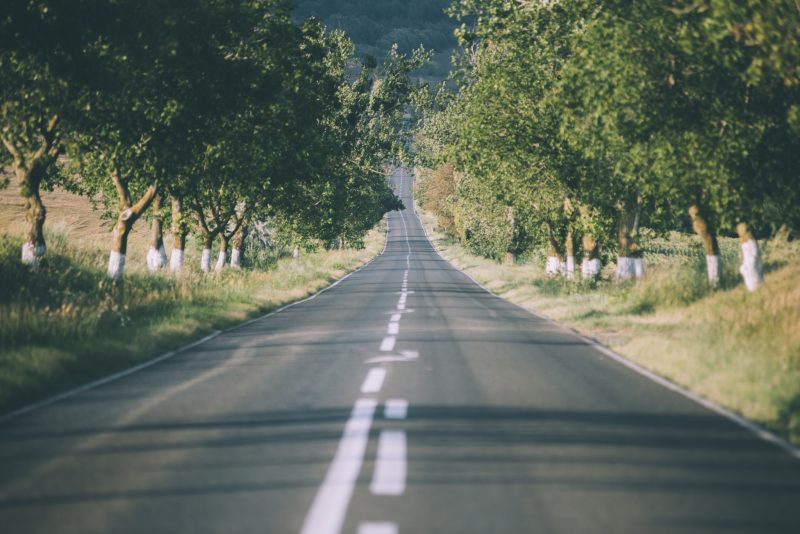
The Dobrogean roads – either European or national, asphalted or not, lined by oak trees or just by landscapes resembling the Afghan desert – deserve exhibition. I stop occasionally to take photos, proud of my indifference concerning time and happy to pull off the road for each wandering flock of goats that crosses my path. I can’t help wondering why flocks stir such awe from the townsman. I am watching the goat herder with his slow pace and his so-called conversation with the animals, simultaneously amused and amazed, pondering how he can herd the flock by the mere force of onomatopoeia.
The modern windmills loom from afar in a towering manner and impel my travelling companion to lash out in annoyance: “Why do people have to ruin such a beautiful landscape with loads of ugy, modern windmills? We’re colonising nature, and it really pisses me off!”
Colonising nature… the words echo in my mind a long time after the train of thoughts that produced them has taken another direction.
Since the 15th century, the windmills have been an abiding presence in Dobrogea, but for most of history, they were worked manually by endowed craftsmen and served to mill cereals. I nevertheless hope that the actual windmills produce enough energy to justify the extinction of their ancient and artistic predecessors that have painted the Dobrogean scenery for such a long time.
- Dobrogea Gorges
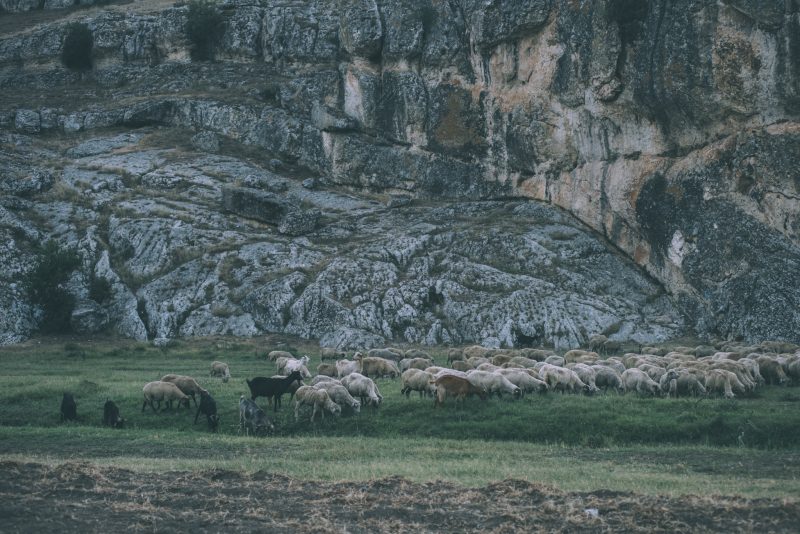
The sunset slowly takes possession of the Earth as our car follows the winding road, flanked on both sides by white rounded shapes that make for an extraterrestrial background behind the lazy flocks of sheep. I’m in the Dobrogea Gorges, amid these former coral reefs which once coated the bottom of the Tethys Ocean and are today no higher than 40m. It’s the middle of a roasting summer and you can almost perceive the drought in every stone. As you may already intuit, this scorching heat does not detract from the fossil-looking charm of this landscape, in which the only movements are the loitering of the flock of sheep and the floating of the loess, like a silk fabric in front of an opened window.
I abuse the hospitality of Dobrogea Gorge Reservation long after sunset, until the stars’ light, in the absence of any considerable source of pollution or artificial light, reveals the trees’ thorny silhouettes and the otherworldly landforms.
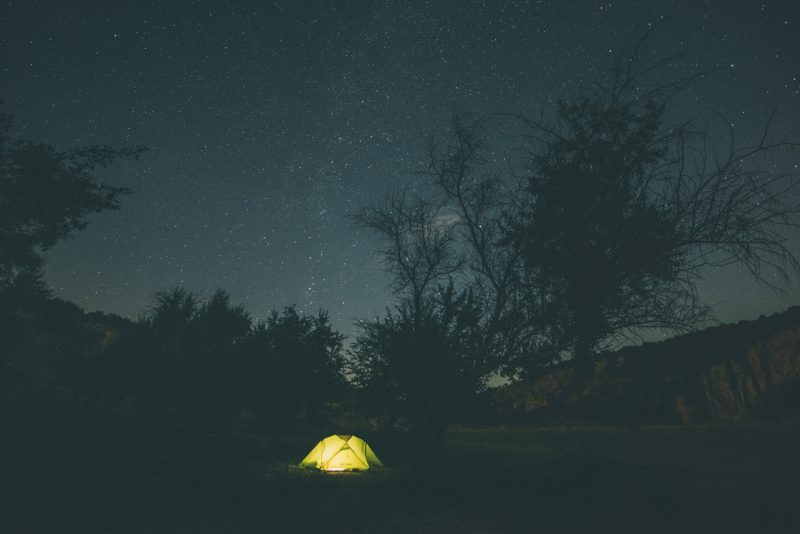
- Măcin Mountains National Park
On the dawn of the second day, I arm myself with a bottle of water, my camera, and enough recklessness to defy the August heat on the trekking of the highest peak of the Dobrogean mountains – Măcin. They also happen to be the oldest mountains in Romania, dating back from the Hercynian uplift, which means that the peak I am about to climb has never been much higher than 500m. Nevertheless, the land I am to step into is accountable for massive biodiversity which includes half of Romanian plant species and the same proportion of birds (nestled on only 0.5% of the country’s surface).
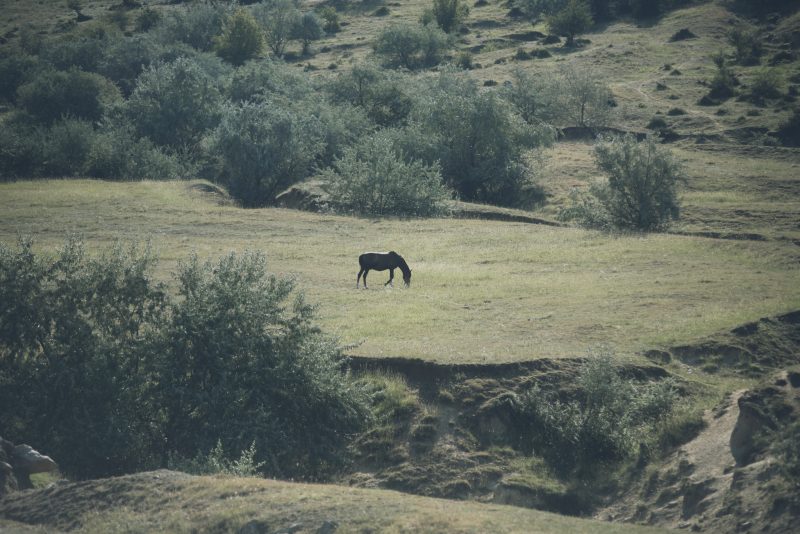
My acumen gives me an immediate heads up (immediately after I begin the hike) that August is by no means the most conducive period to roam this patch of land, and I feel my heart overwhelmed by sorrow at the sight of the horses bound in that summer blaze, on the pasture at the foot of the mountain without a drop of water. There are dry trees that make perfect balance on the steep slopes and encourage me in my climbing, and there are others, more luxurious, such as oaks, sessile oaks, downy oaks, beeches, hornbeams and hazelnut trees whose shadows shelter me from the burning sun.
I hold on to the hope of coming across a Dobrogean turtle but luck is not on my side today. I skimp on the scarce water I have, aware that the spring I am heading for couldn’t have dealt with torridity. Yet, the name embedded on the otherwise fresh and wet fountain makes me wonder how many cultures have hovered over this land that encompasses/includes a spring called The Italians Spring, placed near the village La Greci (Place of the Greeks) surrounded by small towns with names with Middle Eastern roots, such as Beidaud and Babadag. How many nations have come and gone and how many customs and languages have depended upon the Dobrogean ground?
A short look back through history reveals that Dobrogea belonged to our current Southern neighbours for centuries and thus provoked speculation that its very name comes from a Bulgarian despot: Dobrotici. The following four centuries of the Middle Ages were all too generous with the Ottoman Empire and bestowed on it dominion over Dobrogea, a time in which the presence of Greeks, Bulgarians, Turks, Tatars (a Mongolian population), and Jewish people of Spanish origins coming all the way from Andalusia, are testimony to its importance as an intersection of geography and culture. This is not to mention the hordes of other nomadic people who passed through and wreaked havoc, and that only takes this historical overview to the end of the Middle Ages, and is no means an exhaustive summary. The transit of this cavalcade of civilizations has enshrouded Dobrogea in a mystic air that is not to be found anywhere else in Romania.
The flora and fauna of the Dobrogean mountains doesn’t hide behind this profuse diversity, and abounds with Balkanic, Pontic, Submediterranean, Caucasian, Eurasian and Asian geographic influences, becoming one of the key points where Asia and the old continent hold hands.
- The Ancient Citadels
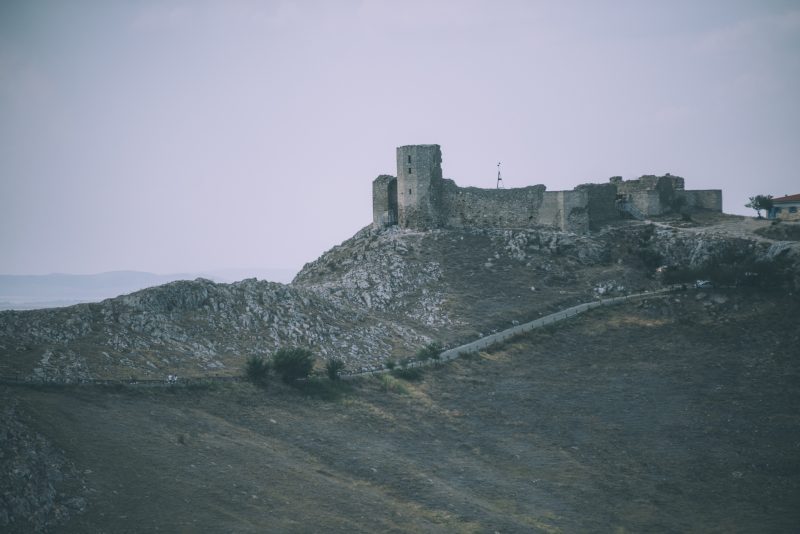
There is no better proof of this rich history than the congeries of ancient citadels. The road signs are harbingers of the closeness of the millennial fortresses that lour on the skyline. Troesmis, Carsium, Dinogetia, Noviodunum, Aegyssus, Capidava are probably the most well-known but, after a closer look, you notice that the entire land is pockmarked with dateless walls and ruins. The evidence we have of human civilization in this area stretches from Prehistory but the archaeological remains from about 2500 years ago suggest that that was when it became a region of significance to the Greeks who built citadels here. Other citadels are attributed to Romans and to their strategic plans for territorial defense.
The antiquity of these lands and the absence of a professional guide armed with explicit details will demand the best of your imagination in order to bring these ruins to life. But if your imagination lets you down, you can trust the surrounding landscapes. The vastness of the hills stops you in your stride, the rolling of your words stops, and sets you obediently down on the first stone to in awe at the infinity of nature. Confronted with this kind of scenery, the mind simply stops distinguishing between itself and its surroundings, and anchors itself fully to the present moment, temporarily arresting any effort to climb to the Dobrogean citadels.
- The Dobrogean villages
On the fourth night of my trip, I give up on sleeping in the tent and I immerse myself in the comfort provided by the guest houses of Sarichioi village ,but not before catching a gorgeous golden hour at Cape Doloșman, placed only a few kilometers away, on the highest rocky cliff of the Romanian shore.
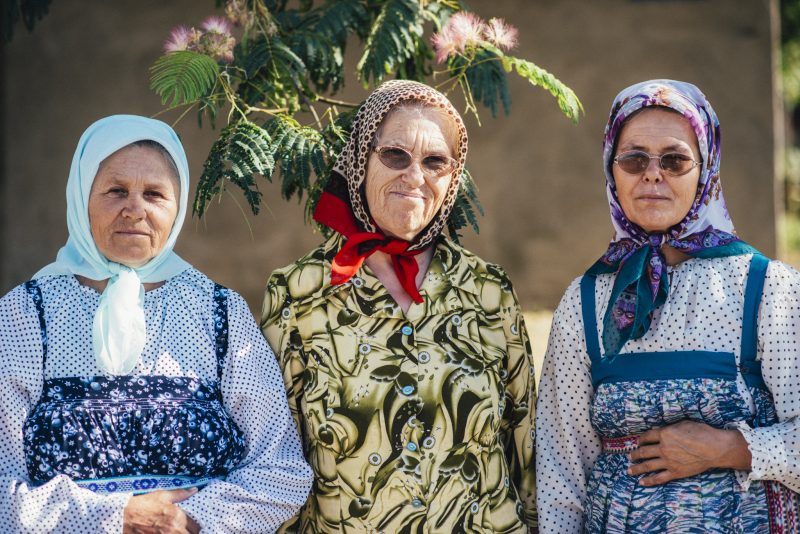
This fishing village, together with others, adds another layer to the Dobrogean ethnic richness, and I only become fully aware of this fact on a Sunday afternoon when three colourful costumes (different from traditional Romanian ones) of contagious joy cross my path. The three ladies accept without negotiation to be photographed and tell me a couple of things about their religious practices. Dobrogea hosts several ethnic communities like the Lipovans, and their story is as follows…
In the 17th century, a religious schism took place in Russia. The tsar and the new patriarch established a reform that imposed the embrace of practices that were intolerable for the religious conscience of Russian Orthodox Christians. Their methods of persuasion were far from kind words or rational arguments. This situation caused numerous rebellious groups to leave Russia and search for new places to establish and continue their old religious practices. Some of them settled in Poland, others in the Ukraine, others in Australia, Siberia and Canada, and tens of thousands in the North of Dobrogea. Nowadays, there are 40,000 Lipovans in the area between the Black Sea and the Danube, most of them in fishing villages, such as Jurilovca, Sarichioi, Letea, Mila 23 and Periprava, where they continue to practice their traditions.
- Danube Delta
The Danube Delta is probably the most well-known place in Dobrogea. I chose to spend five full days on this youngest European land ,which is a UNESCO World Heritage Site, and considered the third richest area in the world in terms of biodiversity. This is the place where the Danube ends its long trip to the Black Sea forming the largest and best preserved European deltas – a complex network of waterways, lakes, floating islands of rushes, forests, grasslands and sand dunes. A fascinating mix of cultures, people and countless wild species find shelter in these wetlands whose surface increases by 40 meters annually thanks to the deposits that the river leaves. The land occupies only 10%, while the remaining 3,000 square kilometers are covered by aquatic and terrestrial natural ecosystems.
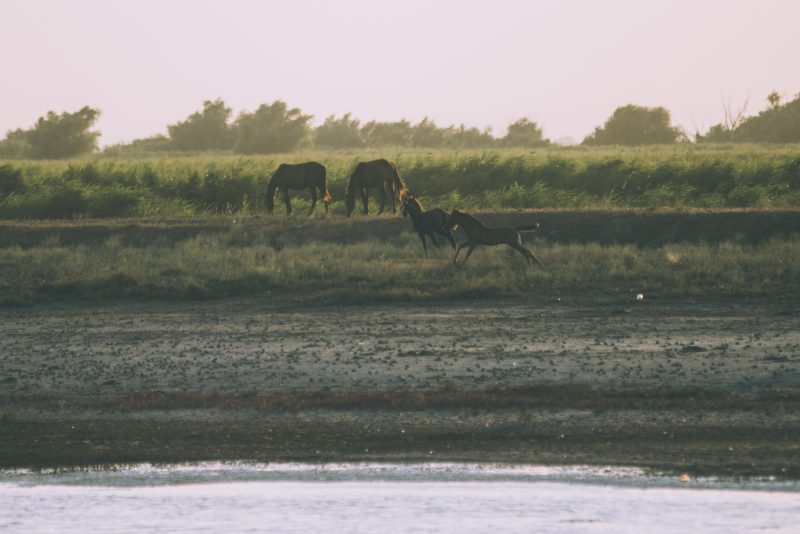
A three-hour boat ride (if you chose to, please, opt for an ecological boat and not a motor one) reveals a handful of the 5,000 species of plants and animals, among which the birds – and especially the migratory ones, such as egrets, swans, ducks, geese – are the most famous. The largest pelican colony in Europe is also to be found here, along with 60% of the global population of cormorants. There are 30 types of ecosystem and the only oak forests growing on sand dunes in Romania: Letea and Caraorman Forests. The first one is also known for the 2000 plus wild horses running free in this natural reserve.
And I could keep counting the marvels of this mystic land forever if I didn’t feel the urge to mention the people of the delta who represent a great example of inter-ethnic cohabitation. They share 21 ethnic origins, among which the Romanian, Russian, Ukrainian, Turkish and Tatars are the best represented. Fishing remains their main occupation, alongside agriculture and tourism. And they’re waiting to welcome you with open arms.
Iulia Hau is a Romanian translator and journalist, and an avid traveler. She prefers one-way plane tickets and travels that allow her to submerge into a new culture in order to understand its depths, rather than to fast check the main tourist landmarks. You can follow Iulia on Instagram at @pas.molcom.

